When we consume art—get swept up in a film, meander through a museum, parse the lines of a poem—we tend to direct our praise or criticism toward the artist who created the work. But behind every artist, there is almost always a person, and sometimes many more than one, who believed in their vision and gave them an opportunity to share their work with the world.
It may be a gallerist who took a chance on a painter whose work they knew would upend the norms of the art world and prove a tough sell to buyers. It may be a publisher who releases into the world books with the power to reframe how we think about our common history, or an editor who breathes new life into the work of a German playwright by having it translated for the first time for English-speaking readers. It may be an executive who deems a television series undeniably binge-worthy.
The art that reaches our eyes and ears does not find its way there by accident. Here, TIME highlights the work of 12 champions of culture who are creating platforms—be they museum walls or magazine pages or literal stages—for the artists who are opening our minds and changing our world today.

Jack Shainman
Founder and Owner of Jack Shainman Gallery
Even as a kid growing up in Williamstown, Mass., Jack Shainman was honing his eye for great art. The son of a music professor, he was a regular at nearby museums like the Clark Art Institute, and he cut his teeth on collecting by buying work from local art students. Now, 30 years into his career as a gallery owner, Shainman is responsible for helping to cultivate some of the most significant names in contemporary art today, from painter Kerry James Marshall to photographer and multimedia artist Carrie Mae Weems to Ghanaian sculptor El Anatsui. Through the decades, one thing has remained constant: his passion for finding an audience for underseen visionaries.
To be a good gallery owner, Shainman says, you have to be fully committed to the artists you represent. “When you show something in the gallery, you have to be ready to defend it—not everybody comes in and loves everything all the time.” This was certainly the case when he opened his first New York City gallery with his late partner Claude Simard, in 1986. Shainman held fast to representing creators whose work he truly believed was worthy, rather than catering to the tastes of the industry. But it wasn’t exactly a recipe for quick success. Several of the artists Shainman represented were people of color, and thanks to the underlying currents of racism in the art world—a problem that’s far from solved today—he struggled to get his roster of artists included in major art fairs and often met with reluctant clients. After Marshall’s first show with Shainman in 1993 wrapped up with a few unsold paintings, Shainman remembers the painter telling him, “I just don’t think people are ready to have pictures of black people in their living rooms.”
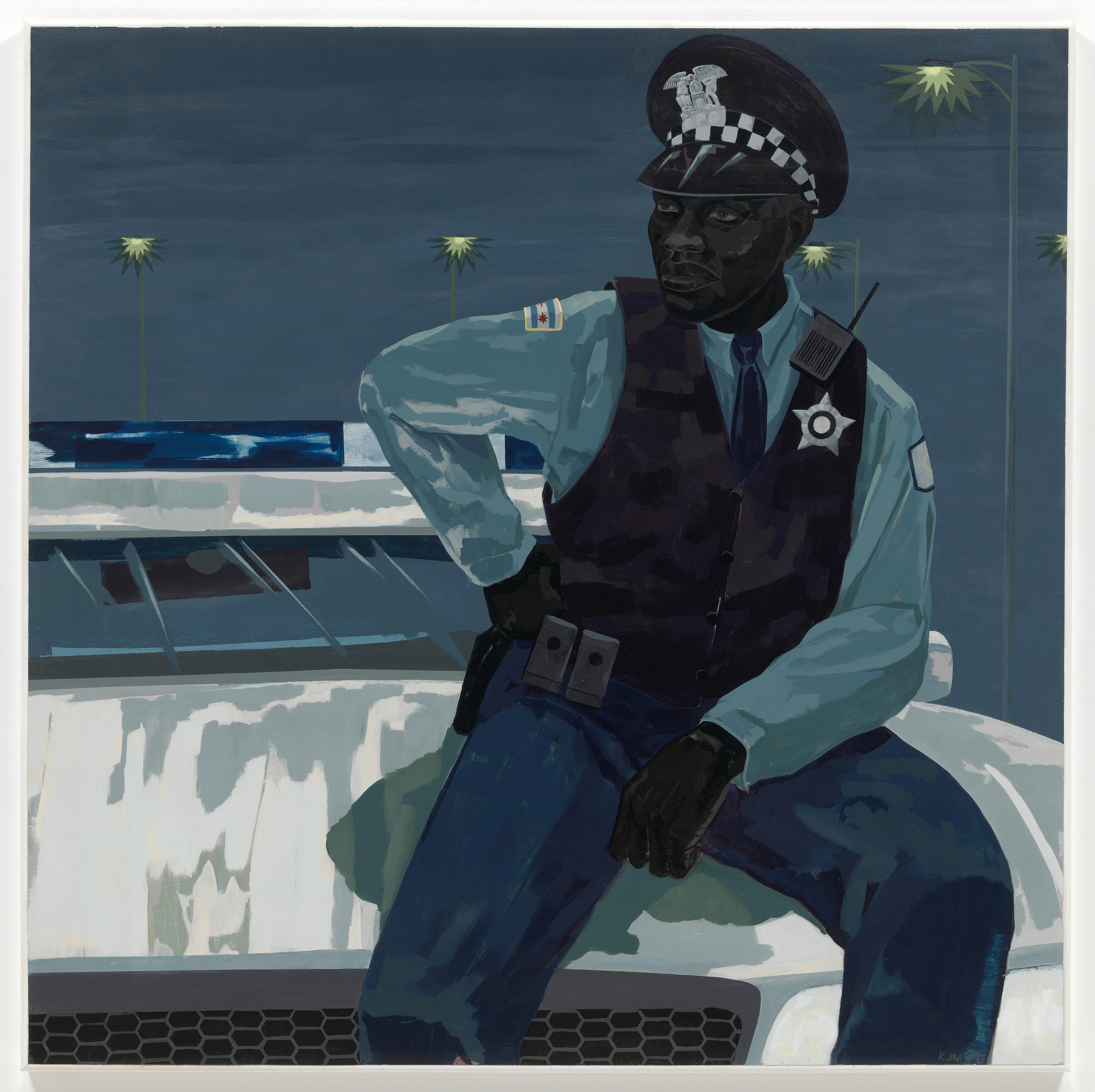
Things have changed since then—last year, a painting of Marshall’s sold for $21.1 million to the mogul Sean Combs—but for Shainman, who now has two galleries in New York and a 30,000-sq.-ft. exhibition space upstate, his motivation remains the same. While he’s proud that his gallery is known for its diverse roster of artists, he says that’s simply a by-product of his approach. “It happened organically,” he says, “just by being open to new things and for the love of the work.”
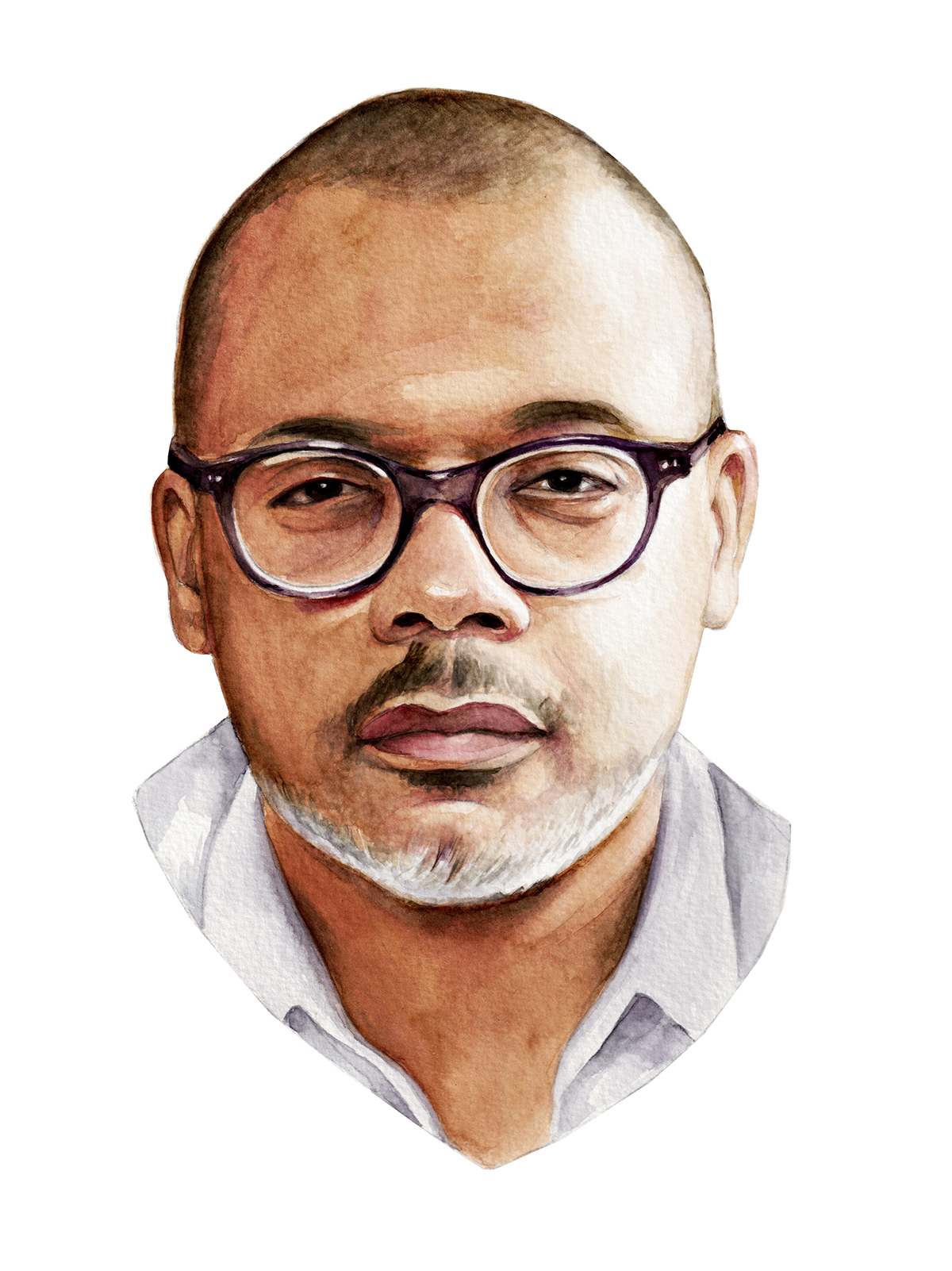
Chris Jackson
Publisher and editor in chief of One World, a Penguin Random House imprint
Chris Jackson publishes books. But what moves him most can’t be found within their pages. More than anything, the publisher and editor in chief of the imprint One World is moved when he sees the work his books do to bring people together.
Take civil rights attorney Bryan Stevenson’s 2014 book Just Mercy, which Jackson edited. Last year, during the inaugural weekend of the national lynching memorial Stevenson’s Equal Justice Initiative built, Jackson saw visitors carrying Just Mercy as a kind of guiding text. “The book was the platform Bryan used to extend his work in ways that are transforming our communal memory in this country,” Jackson says.
Jackson has pursued these kinds of stories for years, during his decade as executive editor at Spiegel & Grau and now as head of One World, which he took over in 2017. One World was founded to highlight African-American stories in the 1990s when the publishing world was trying to diversify its ranks. But the imprint was siloed and struggled to maintain the broader industry’s interest, Jackson says. Since taking the helm, he has sought to institutionalize a pipeline for new voices that are upending traditional narratives.
But his goal is not to acquire any book by a writer from a marginalized background for diversity’s sake alone. “The idea that the imprint is committed to diversity is kind of absurd,” Jackson says. “We want to reflect the world we live in.” The imprint allows writers to tell subversive stories in an authentic way, without what he calls “white filtering,” or couching stories in ways that feel comfortable or familiar to white readers.
Jackson grew up seeing poverty and violence in Harlem but also witnessing privilege at Hunter College High School and then Columbia University—experiences that left him searching for his place and often finding answers in books. “The story of survival but also the story of trying to find a better way is the burden of everyone who grows up black in America,” Jackson says. “You think a lot about: How do we survive? How do we learn how to take care of each other better? How do we imagine a better future? And I think that’s something I’m able to bring to every kind of project.”
While it’s an editor’s job to obsess over the beauty and precision of language—and Jackson says he does this too—he wants more from his books than their aesthetic value. And it’s paying off: Ta-Nehisi Coates’ Between the World and Me won the National Book Award; Eddie Huang’s Fresh Off the Boat is now an ABC sitcom; Just Mercy is set to become a feature film in 2020. “In this moment when a lot of people are feeling despair,” he says, “I get to participate in imagining what can be.”
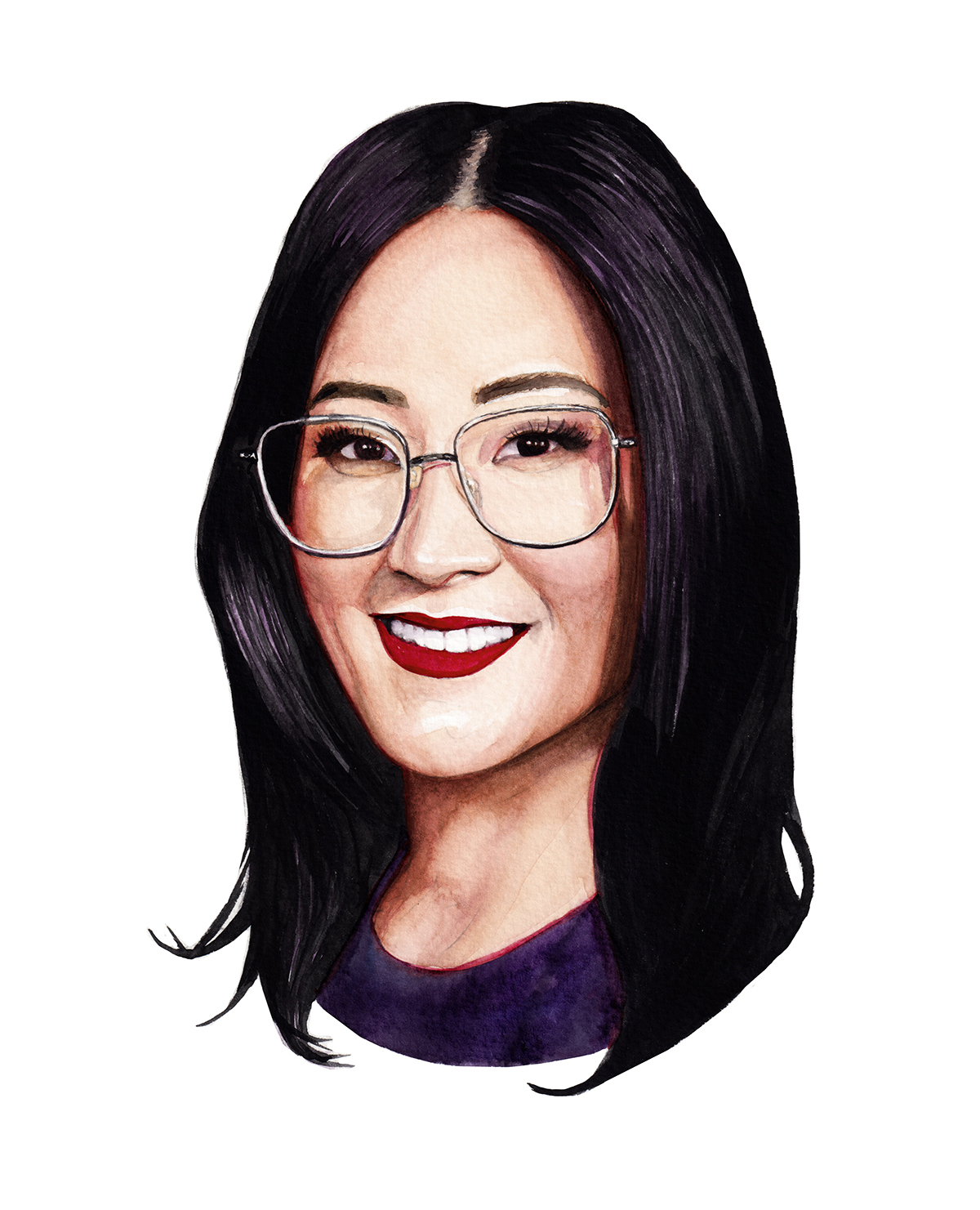
Lisa Nishimura
Vice president of original documentary and comedy programming at Netflix
Back when Netflix was a DVD-mailing service—before streaming changed everything—Lisa Nishimura was in charge of buying movies from all over the world for the company. She knew that the stories she found, from Bollywood romances to obscure anime titles, might never have reached U.S. audiences had she not brought them in. More than a decade later, Nishimura’s role has expanded. Today she ushers to the screen various forms of nonfiction storytelling and comedy specials, and she brings the same zeal she once applied to hunting down the rarest gems—only now, tailored to the era of binge-watching.
If you’ve consumed whole a buzzy Netflix series, there’s a good chance Nishimura was behind it: the true-crime sensation Making a Murderer and the bizarre cult saga Wild Wild Country both owe thanks to her commitment to championing under-the-radar filmmakers. She argued that people would binge nonfiction in the same way they would dramas like Orange Is the New Black and House of Cards. And she was right. Making a Murderer, which came as part of a wave of true-crime stories sweeping America in 2015, drew so many viewers that it renewed public interest in overturning the convictions of its subjects.

Nishimura also helped secure Dave Chappelle’s splashy 2017 return to the screen after a 13-year hiatus, and she gave comedians Hannah Gadsby and Ali Wong their biggest stages. “I’m drawn to filmmakers and comedians that have an incredibly clear and personal point of view—it’s just bubbling over,” she says. Documentaries and comedies, for all their differences, both allow audiences to have an “immersion in another person’s experience, almost firsthand.” When their work is treated with care, viewers of all kinds feel better understood, she says.
And now, as Netflix grows with breakneck speed, Nishimura is considering how everything she brings to the platform will land with its growing global audience. “I’m programming for the world,” she says.
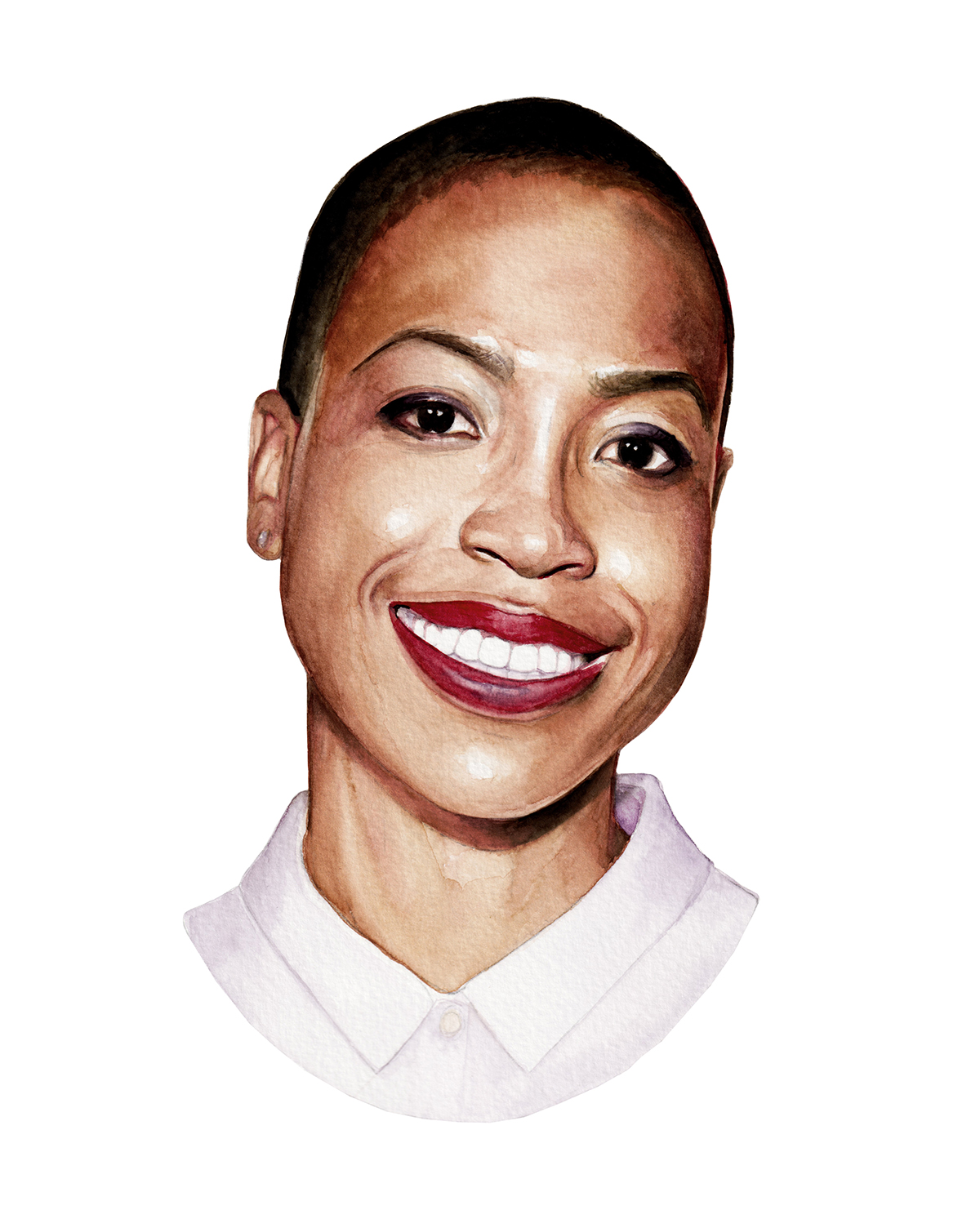
Rhea Combs
Curator of film and photography at the National Museum of African American History and Culture
Among the many artifacts collected at the Smithsonian’s National Museum of African American History and Culture is a recently discovered photograph of Harriet Tubman. The photo, which shows Tubman sitting against a stark white background, captures the famed abolitionist in her mid-40s in the years following the Civil War. An unusual look at Tubman in her younger years, the photo offers a new perspective on the rarely photographed freedom fighter. It’s also exactly the type of object Rhea Combs looks for when she puts together exhibitions.
“In most images of Harriet Tubman, she’s in her 80s, 90s. She’s feeble-looking,” Combs says. Finding the photo of a younger Tubman made her full humanity clearer. Looking at this new artifact, she says, “I can understand how this woman could get people to move and fight for their own freedom.”
As a curator at the museum, tickets to which consistently sell out, Combs searches for quotidian items that might stretch museumgoers’ common understanding of history. After years in academia studying film, visual culture, race and gender, she was compelled to bring her research out of the ivory tower and into the public. The images and films that make up Combs’ research help her to identify visual through lines in history, as with an exhibition on photography in hip-hop in which she paired images of contemporary artists, like Queen Latifah, that mirrored artists from the past, like the Harlem Renaissance entertainer Gladys Bentley.
Combs seeks to show history on a continuum. She put together the museum’s inaugural film festival in 2018, where she screened a number of iconic African-American films dealing with themes of power and place, among other subjects. In particular, she seeks out work from filmmakers whose work has long gone ignored, or from contemporary independent artists who have not had their films distributed in theaters.
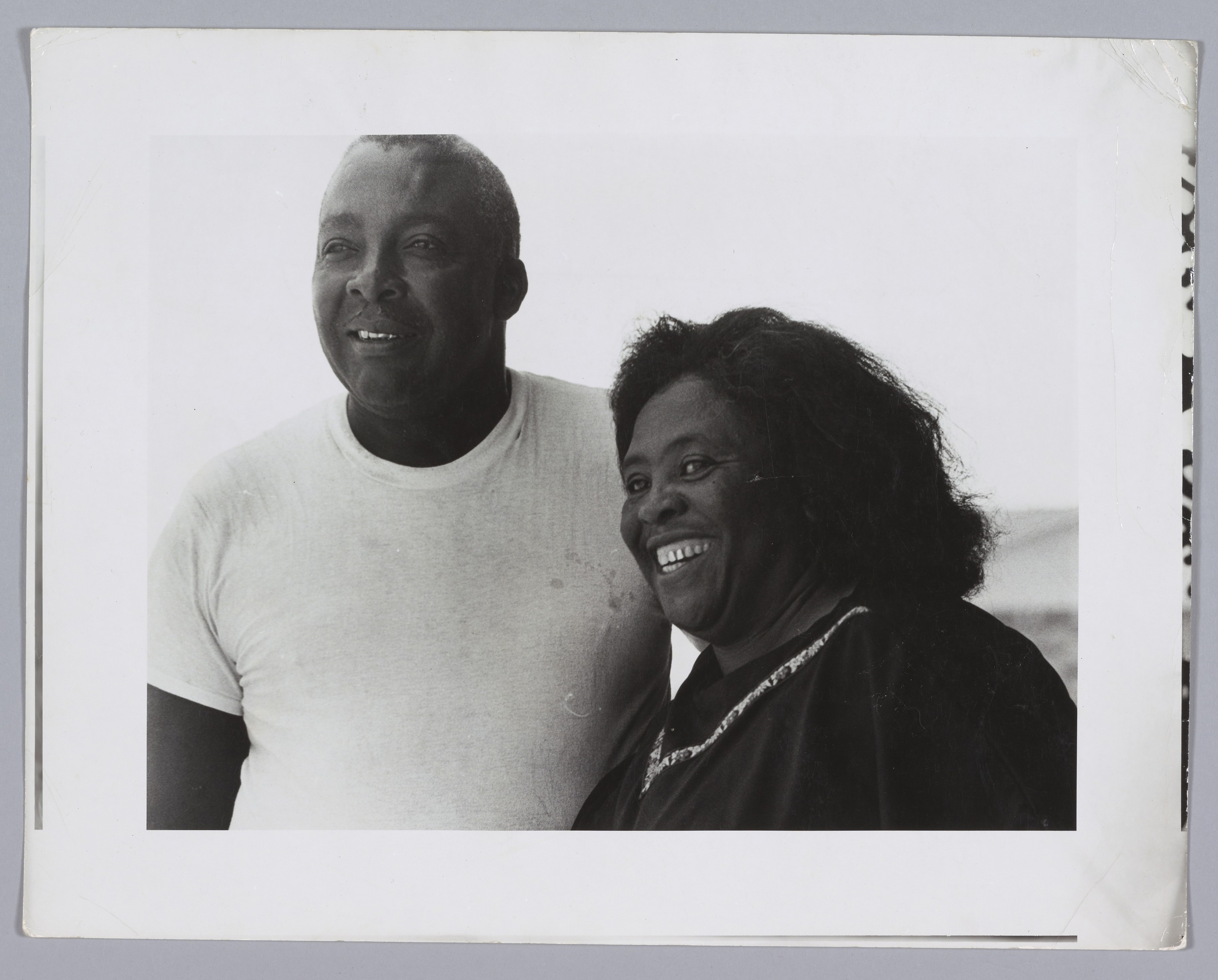
Another of Combs’ prized photographs depicts the civil rights activist Fannie Lou Hamer, who helped organize Mississippi’s Freedom Summer, smiling with her husband. Most people who know of Hamer picture her at work. But there is value in the in-between, says Combs. “It’s within those everyday moments that we better understand who those people were, and how we can become agents within history making as well.”

Nikesh Shukla
Writer, editor of The Good Immigrant
When Nikesh Shukla was shopping around his first novel, a white agent told the British-Indian author his characters were not “authentically Asian enough.” Another declined because they had plans to work with another Indian writer. “I was like, ‘We can write about different stuff,’” he recalls. His novel, Coconut Unlimited, was eventually published, but he knew he wasn’t alone in this struggle. He often thought about his uncle, the first person in the U.K. to bring a racial discrimination case to court after being rejected while trying to buy a house. “He stood up for what was right,” Shukla says. “I wanted to stand up for people that I didn’t feel like had a voice.”
Now, he wants people of color to write the stories they’ve always wanted to tell. In the collection The Good Immigrant, he compiled 15 essays from minority writers that explore the impacts of being othered in the country you call home. But, he says, “Not all writers of color want to write about race. They want to write sci-fi or creative nonfiction about beekeeping.” So Shukla launched The Good Journal, a magazine that invites minority writers to share stories beyond the scope of race or immigration. The journal includes personal essays from crime writers and works from emerging poets.
Moving forward, Shukla is eager to include more contributors whose experiences reflect other identities that intersect with race, like class, disability and sexual orientation. An American version of The Good Immigrant, featuring essays from 26 first and second-generation immigrants in the U.S., will be released on Feb. 19.
Shukla, too, wants to focus on the subjects that interest him. His most recent book, Run, Riot, dealt with weighty themes centering on gentrification and police brutality. His next subjects—love and joy—might not seem radical. But to him, they are. “The revolutionary, joyful act is writing about brown people in love,” he says. “We never get to see that.”
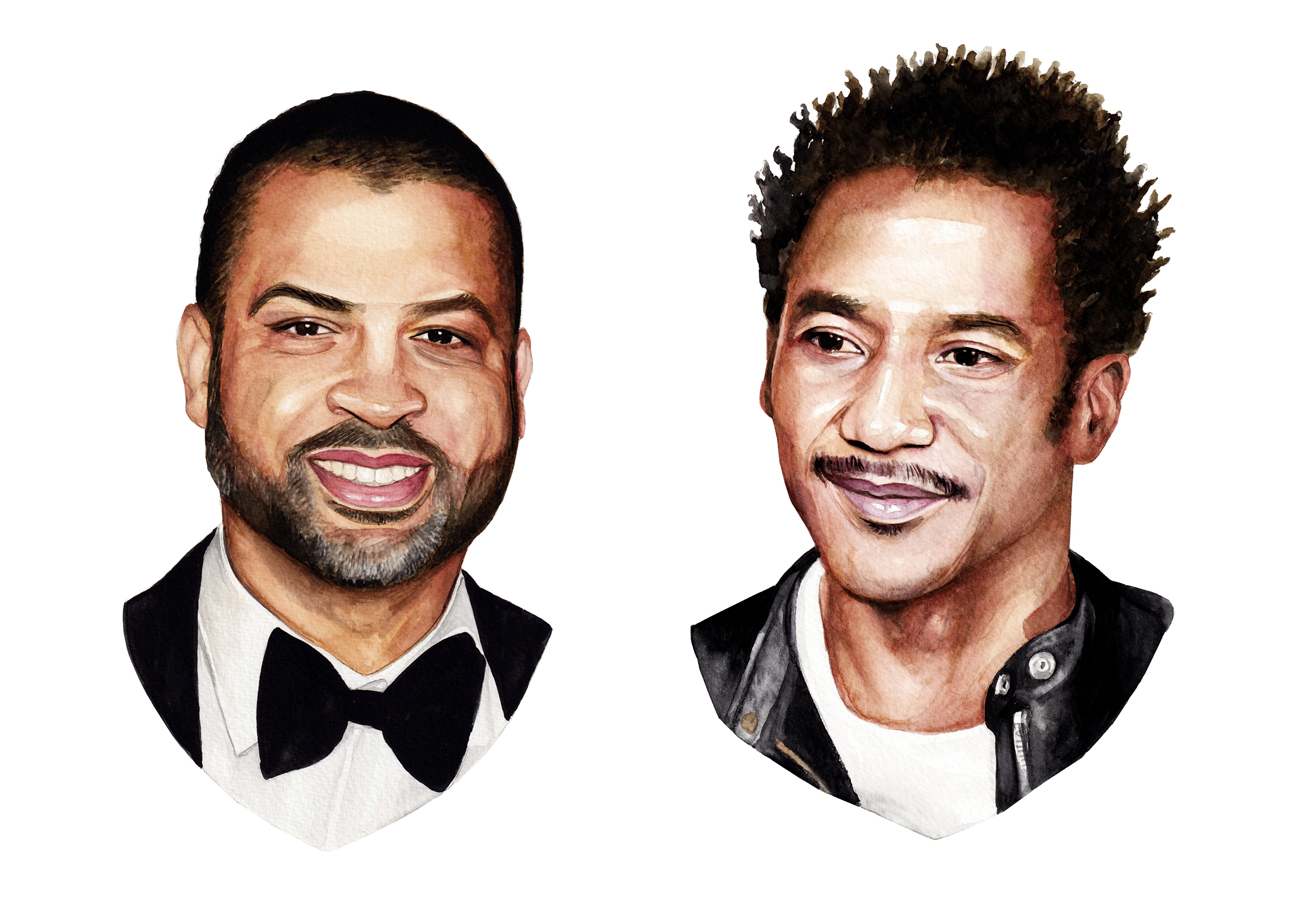
Jason Moran and Q-Tip
Artistic director of jazz and artistic director of hip-hop at the Kennedy Center
In the four years since Jason Moran became the artistic director of jazz at the John F. Kennedy Center for the Performing Arts, he’s built a skate park on its steps, paired stand-up comedy with abstract jazz performances and facilitated live painting at concerts. In short, he’s shown one of the nation’s most prominent cultural institutions what a living, breathing American art form can look like in real time.
“Part of my role as a curator is to make sure the sensibilities are diverse enough, that we aren’t just presenting one thing,” says the pianist and composer, a 2010 recipient of a MacArthur Fellowship “genius” grant. “It’s about informing the institution that there have been major gaps, things that you could frankly say they have ignored in the past.”
Moran’s push to recognize diverse voices in jazz is paralleled by the efforts of Q-Tip, A Tribe Called Quest’s philosophical MC and producer, who was named the center’s inaugural artistic director of hip-hop culture in 2016.
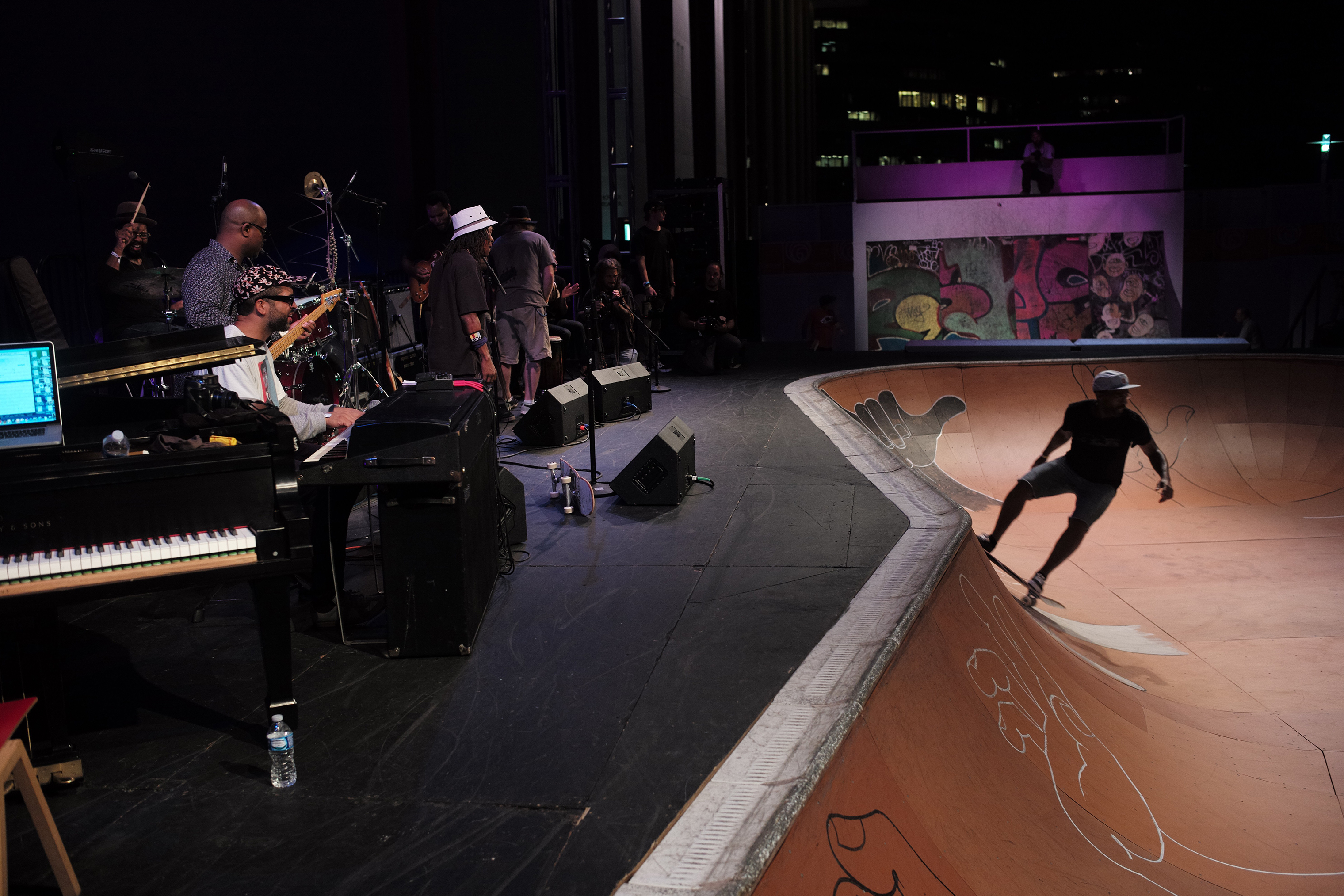
The rapper, a champion of socially conscious hip-hop, regards his role as not only a curator but also a historian. “We take a view of the landscape in not only hip-hop culture, but what’s happening socially and nationally,” he says. His innovations so far include the formation of a Hip Hop Culture Council, which helps to create projects that celebrate the past, present and future of the art form. The Council relies on the insights of industry notables like Questlove, the drummer and bandleader of The Roots, and hip-hop founding father Fab 5 Freddy.
But he’s most excited about an award, still in the works, that will be bestowed upon hip-hop artists, akin to the center’s prestigious annual Mark Twain Prize for American Humor. The honor feels especially poignant considering that for a long time, the genre was not recognized as an elevated art form—a perception that’s now shifting, in part thanks to Q-Tip’s efforts. “It’s all about a consistency and dedication to the culture,” he says. “Through those things, there’s a truth in what you do.”
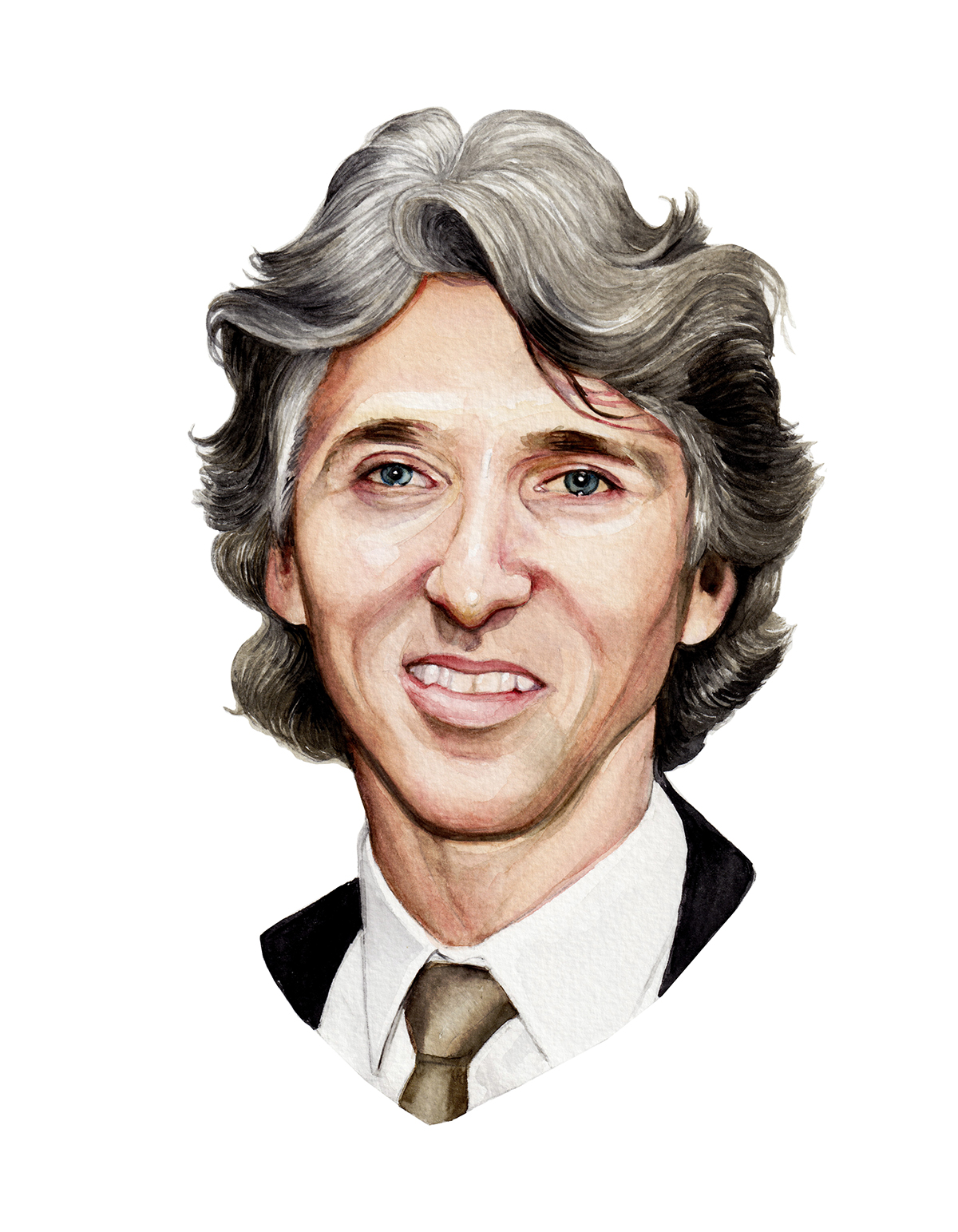
Damian Woetzel
President of the Juilliard School
Damian Woetzel is overflowing with ideas for ways Juilliard’s students can engage with the world around them. The former New York City Ballet principal dancer, who spent 23 years with the company before retiring in 2008, has made outreach and collaboration hallmarks of his leadership since taking over the prestigious school in July 2018.
“There’s a higher level of excellence that comes when you invest in a creative and dynamic collaborative spirit,” Woetzel tells TIME. “It’s how we get our ideas. They can’t live in a vacuum.”
For more than 100 years, Juilliard has trained performing artists who lead their fields around the world. Alumni include the likes of Jessica Chastain and Viola Davis, Itzhak Perlman and Renée Fleming, to name just a few. This is not a responsibility Woetzel takes lightly. The tall ambitions of its students is part of why he believes so deeply in collaboration: to be the best, artists need a broad range of knowledge, he says.
One way he has pursued his goal of collaboration is through the Creative Associates program, which brings established artists in a variety of fields to Juilliard to teach and work with students throughout the year. This year, the group has included the Late Show with Stephen Colbert bandleader Jon Batiste, hip-hop dancer Lil Buck, tap dancer and choreographer Michelle Dorrance, clown Bill Irwin and composer Caroline Shaw, the youngest recipient ever of the Pulitzer Prize for Music.
Juilliard has a long tradition of viewing the artist as citizen. The idea, Woetzel says, is to create artists who use their art to impact their communities. Instrumental to this goal is the assurance that the artists Juilliard sends back out into their communities come from a wide range of communities themselves. This summer, Juilliard will host a program for underrepresented string players with the Sphinx Organization, a Detroit nonprofit. As they’re trying to improve the world through art, Woetzel wants his students to remember: “Artistic ability is far greater than opportunity, and that is something we all need to work at.”
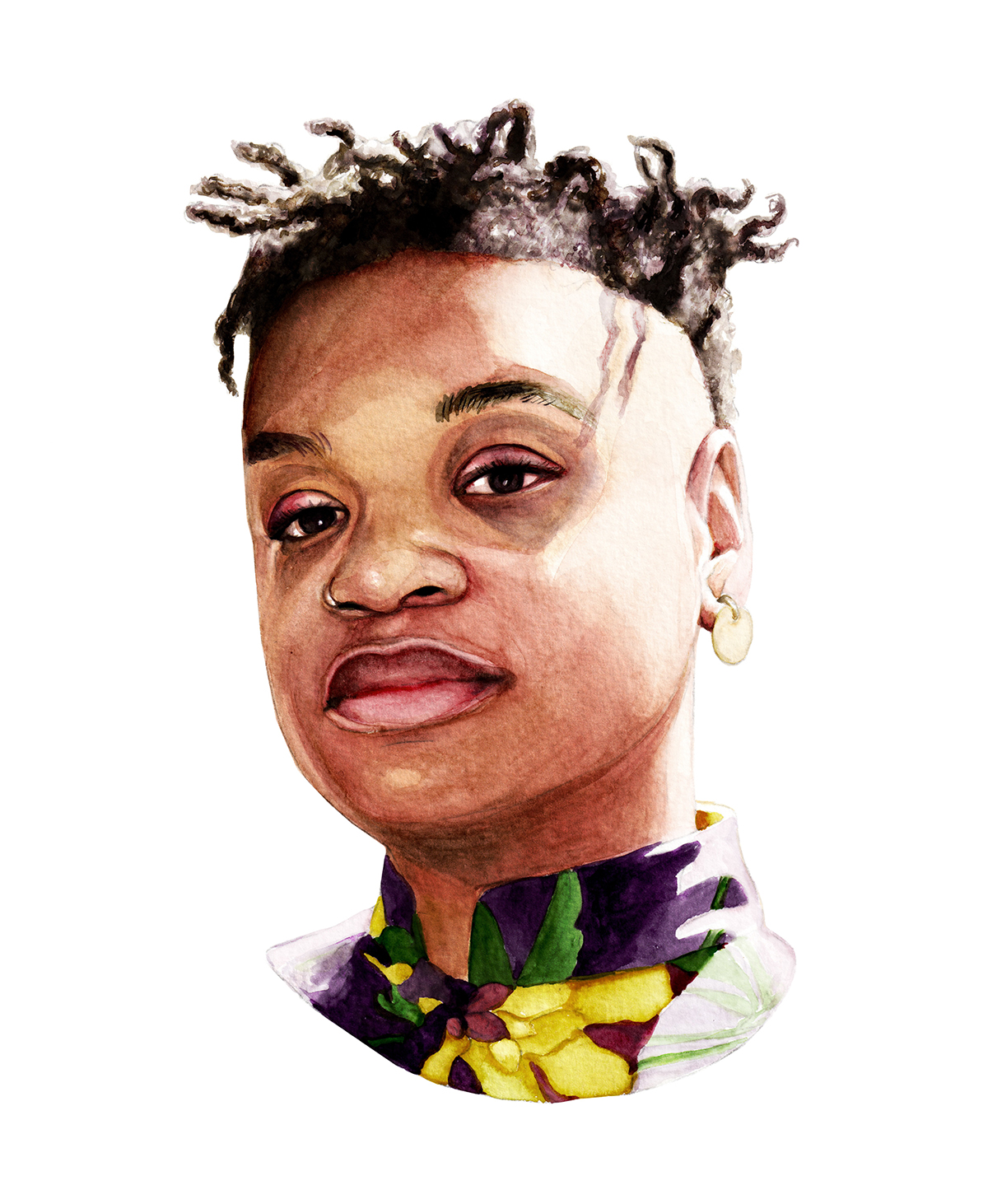
Erin Christovale
Assistant curator at the Hammer Museum
Less than a decade into her career, Erin Christovale is a regular on “young curators to watch” lists. She has been recognized within the art world for her annual film program and a 2016 show at the Los Angeles Municipal Art Gallery about citizenship and democracy, among other work. But despite all the buzz, Christovale is focused on a central mission: engaging people who have never set foot in a museum before. And so far, they’re showing up.
Christovale traces her curatorial approach to her time as a film student at the University of Southern California. She remembers one particular discussion about how the 1915 film The Birth of a Nation helped foment a revival of the Ku Klux Klan. “Film is the most widely distributed form of visual media, and it has the capacity to shift society’s thinking and be a political tool,” she says.” So after graduating, she began organizing film programming and exhibits, highlighting work by emerging queer artists and artists of color, before being named an assistant curator at UCLA’s Hammer Museum.
She co-founded Black Radical Imagination in 2013 with her collaborator, Amir George. The program includes conventional cinema alongside avant-garde video art made by black artists. From the beginning, it was important to Christovale and George that the more experimental work not feel intimidating to their audience. “We always have a talk back, and try and bring the filmmakers into the conversation, because we understand that the audience we are bringing in may not be used to viewing experimental work.”
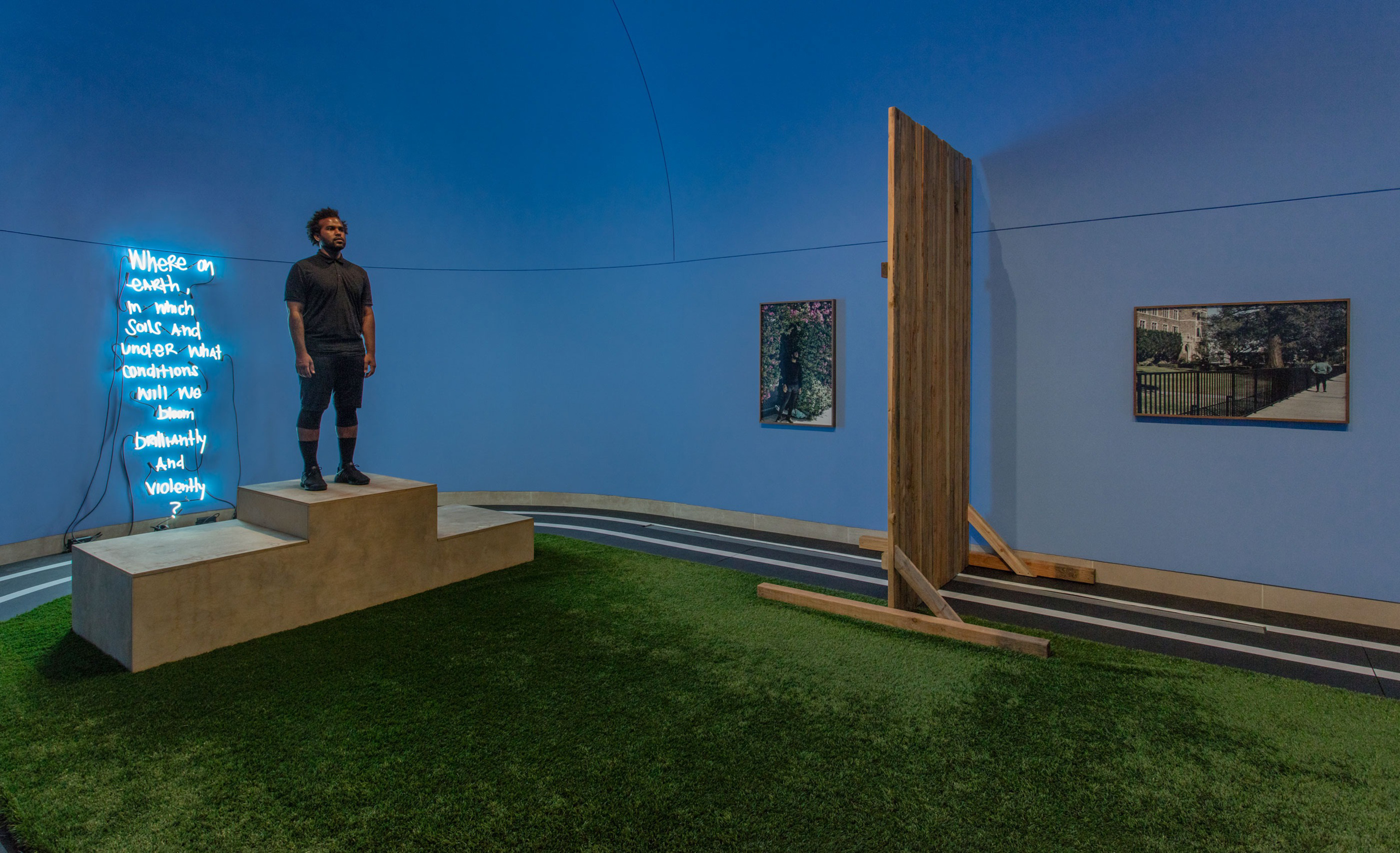
At the Hammer Museum, Christovale’s prioritization of the accessibility of art has remained intact. “The goal of my shows are to be sites of conversation, where people are thinking about these art objects as agents of change,” she says. “A public museum is supposed to be a civic space.”
Last summer, Christovale co-curated the Hammer’s “Made in L.A.” exhibition, which included more than 30 diverse artists from the city. One work, by EJ Hill, had a particular impact. As part of his installation, Hill stood on a podium every day with no breaks. As a queer, black man, his presence was a physical declaration of resilience. While performance art can often alienate, Hill’s piece resonated. “People would burst into tears. People would bring him fruit and flowers and sing to him,” Christovale recalls. “It’s so simple. When you offer space in which people can see themselves reflected in the work, then they will come.”

Bird Runningwater
Director of the Native Program at Sundance
It takes about 30 minutes to drive from the Mescalero Apache Reservation in rural New Mexico to the closest movie theater. In the 1970s, Bird Runningwater and his father relished their trips there to see popular films like Rocky.
But it wasn’t long before he realized his heritage wasn’t represented onscreen, and he stopped going to the movies. “I’ll go do other things because I know I’m not going to see people like me on the screen,” Runningwater recalls thinking as a child. Decades later, that disappointed child has grown up to become part of the solution. As director of the Native Program at the Sundance Institute, he supports and solicits indigenous filmmakers to present their work at the Sundance Film Festival and beyond.
Under Runningwater’s guidance, the Native Program works with indigenous filmmakers around the world through labs and forums. Previous participants include the Oscar-nominated director Taika Waititi, a Native New Zealander who went on to direct Marvel’s Thor: Ragnarok in 2017. Waititi’s 2010 dramedy, Boy, is one of Runningwater’s favorite projects to debut at Sundance—and the highest-grossing film ever in New Zealand until another of Waititi’s movies, Hunt for the Wilderpeople, overtook it six years later. Another alumnus of the program, Sterlin Harjo, directed the 2007 feature Four Sheets to the Wind, which was nominated for the grand jury prize at Sundance.
Runningwater’s childhood gripe still holds true. “Native Americans are invisible in American culture,” he says. According to UCLA’s Hollywood Diversity Report, Native Americans made up only 0.5 percent of film roles in 2016’s 200 top theatrical releases. “Because we have a visibility issue, we have to establish the narrative.” To him, that means owning the storytelling process rather than seeing stories told from the outside. It’s not that Native American stories have never been told in film. But many of those movies either feature stereotypes of indigenous people or are told from the perspectives of white filmmakers or characters, if not both.
Change in Hollywood is slow. But Runningwater hopes that when the next generation on his reservation travels to the theater, they’ll see someone they identify with onscreen.
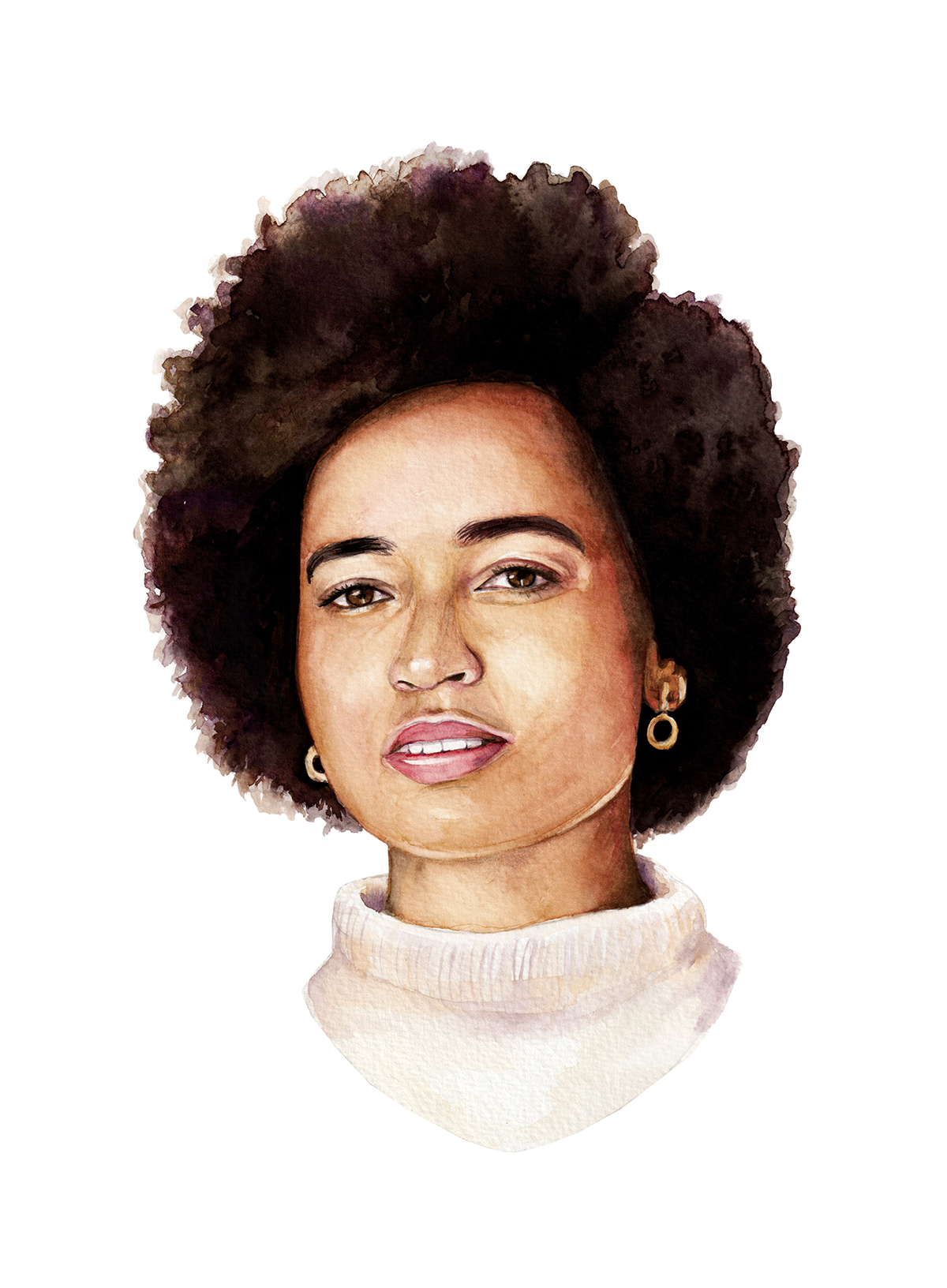
Rujeko Hockley
Assistant curator at the Whitney Museum
In the spring of 2017, the Biennial exhibition at the Whitney Museum of American Art became a site of controversy when a painting by a white artist, Dana Schutz, depicting the mutilated body of Emmett Till sparked protests about institutional racism in the art world. Just two months after the Biennial ended, Rujeko Hockley, who had just taken a role at the storied museum of American art, co-curated her first exhibition there, “An Incomplete History of Protest.” Rather than shy away from the still smoldering controversy, Hockley and her colleagues made a bold choice: including the Whitney’s own history as a place of protest in the exhibit, with documents and letters from the museum’s archives.
To Hockley, we can’t fully engage with art without understanding the circumstances under which it was created. “I don’t want to talk about the rise of minimalism in the 1960s without also talking about the lead-up to the Vietnam War and the civil rights movement,” she says. Throughout her career, Hockley has assembled politically potent exhibits. Her 2017 Brooklyn Museum show, “We Wanted a Revolution: Black Radical Women 1965–85,” showcased art made by black women during the rise of the second-wave feminist movement. Her goal is to show people that art history and history history are one and the same. She urges museumgoers to consider not just the artwork but also the artists’ experiences. “Artists don’t live in a vacuum, and they don’t make in a vacuum,” she says. “So it doesn’t make sense to have an art history that doesn’t take into account world-changing events.”
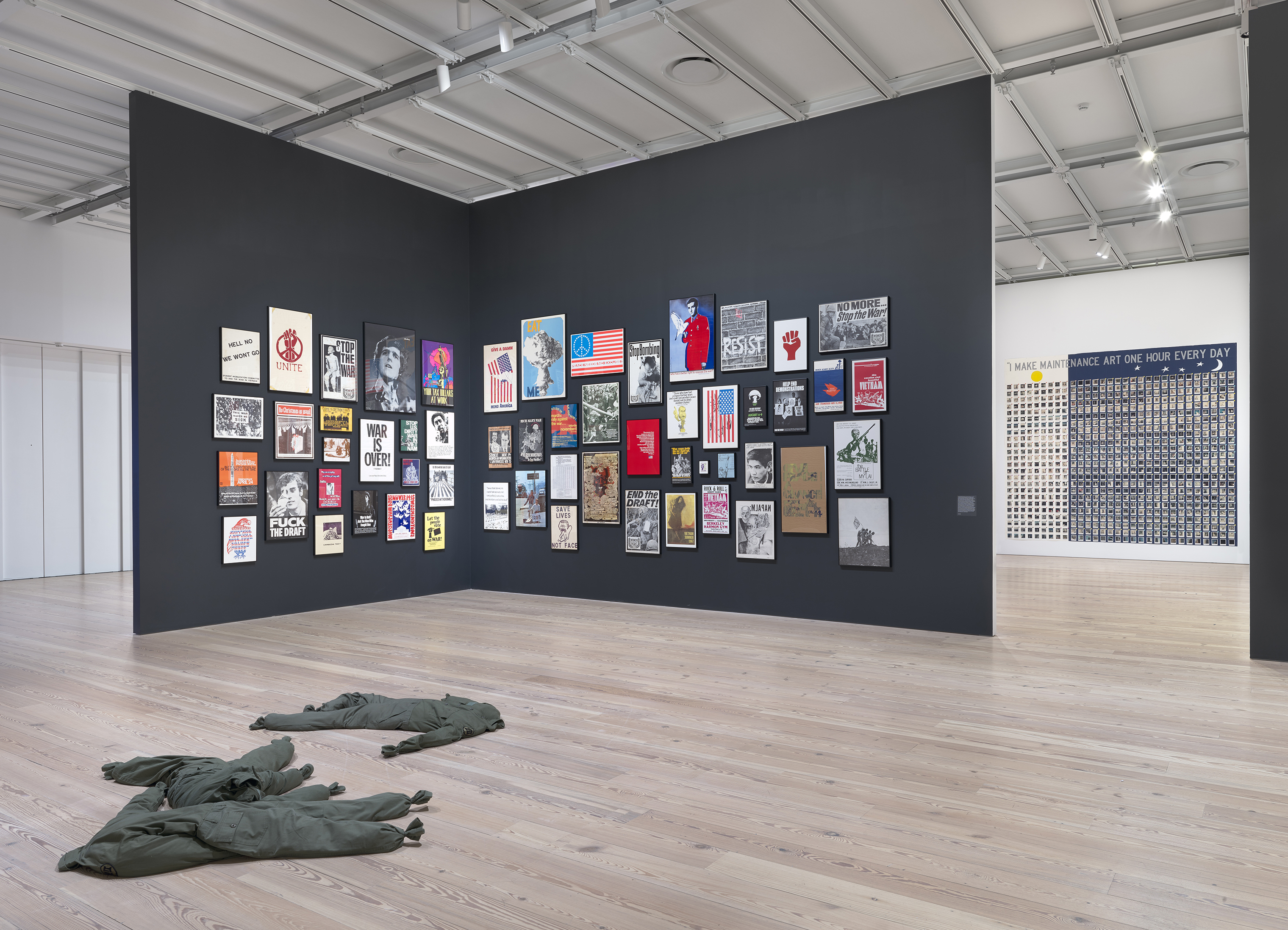
Next up, Hockley will co-curate the Whitney’s 2019 Biennial. The 2017 protests might make someone in her position nervous. But she sees them as confirmation of the value of museums. “People really do care about museums and look to the arts for guidance,” she says. And while curators must be responsible for what they put out in the world, Hockley says, “It doesn’t mean we have to be gun-shy. Just more thoughtful.”
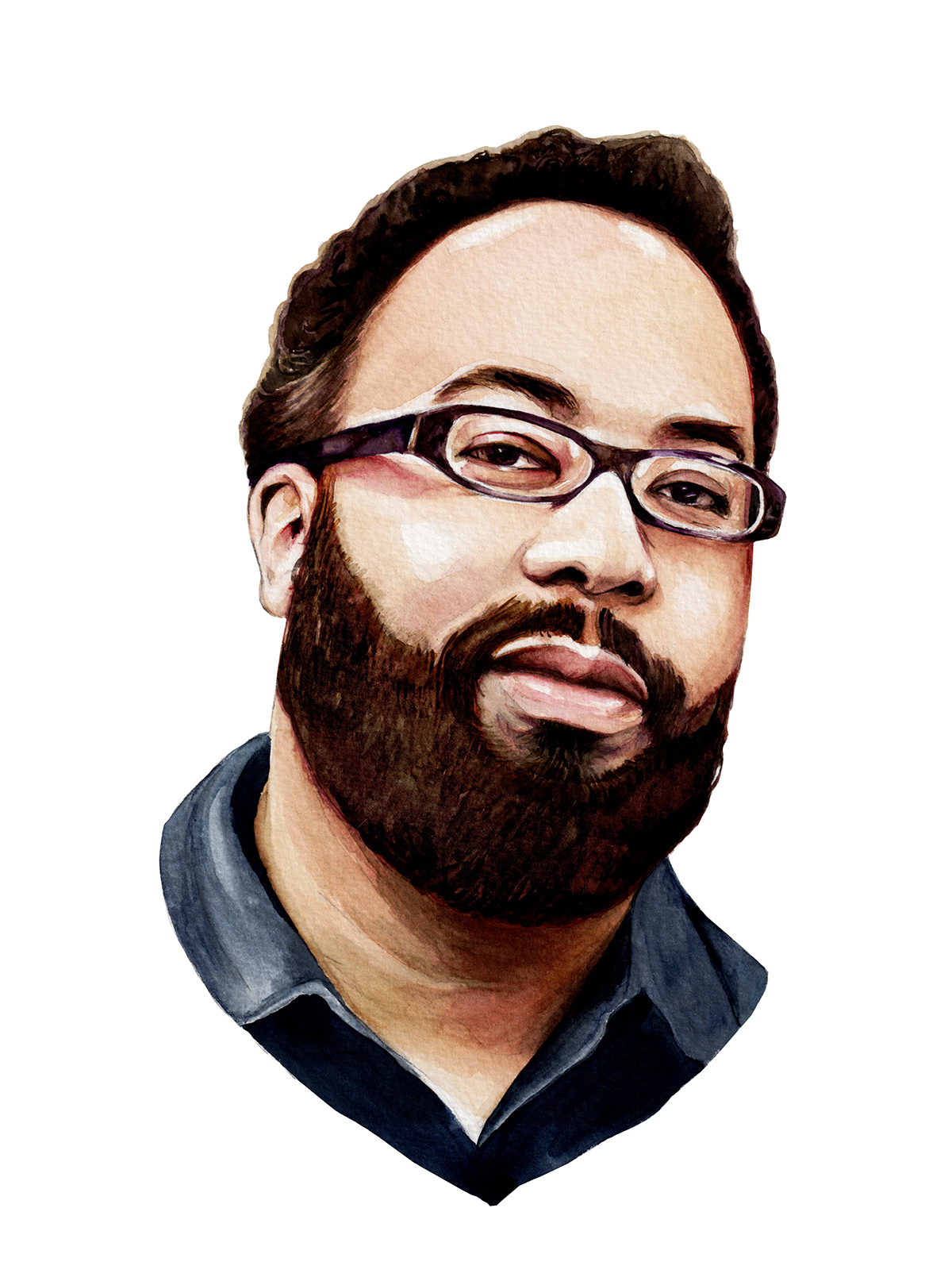
Kevin Young
Director of the Schomburg Center and poetry editor of the New Yorker
In 1925, two New York City institutions were founded: the New Yorker and the Schomburg Center for Research in Black Culture. Nearly a century later, poet Kevin Young holds leading posts at both. His aim: to make people care about words and the history behind them.
This might sound daunting in the America of 2019, as urgent news breaks hourly and dire headlines announce the decline of libraries and attention spans alike. But for Young, those realities make this a perfect time to appreciate poetry and art. Both his jobs allow him to dig through the past to understand the present. “I’m not an archivist by training,” he says. “But by temperament, I love thinking about history and how it talks to now.”
At the New Yorker, Young sees hundreds of submissions from contemporary poets each week, but he also has access to the magazine’s long institutional memory. Within this playground, he has created projects like a series of multimedia poem-letters written throughout 2017 between National Book Award finalist Ada Limon and MacArthur “genius” grant winner Natalie Diaz. He also recently published a previously untranslated poem by Bertolt Brecht, the German playwright who died in 1956. Young has found new meaning in historic texts at the Schomburg, too. There, he acquired the never-before-seen manuscript of Malcolm X’s biography and a “lost” unpublished chapter and displayed them in the museum’s lobby.
Young’s love for the past is in part inspired by his family history, which goes back hundreds of years in Louisiana. When he visited as a child, he felt connected to the generations of family rooted there. “It makes you want to know about the past but also sometimes to escape it. That combination really drives me,” he says. “Thinking about how we can know more about the past and also fighting that impulse to say we’re past it is really important.”
Young reckons with these questions in his own work: 10 collections of poetry, eight poetry collections he’s edited and two nonfiction books. But he sees other contemporary black artists grappling with them too. “I see us as [being] in this new renaissance,” he says. Young cites fellow creators like Barry Jenkins, whose film Moonlight won the Oscar for Best Picture in 2017; Colson Whitehead, whose novel The Underground Railroad was a New York Times best-seller and won the Pulitzer Prize; and Tracy K. Smith, the U.S. poet laureate. These artists are “thinking about our shared humanity but also talking about American history and its questions and challenges,” he explains.
“To me, poetry has long been alive. It’s continuing to live and it’s also thriving right now,” Young says. “I’m interested in capturing that aliveness.”
Portrait illustration by Alexandra Compain-Tissier for TIME
See the 2019 Optimists issue, guest-edited by Ava DuVernay.
Correction, Feb. 7
The original version of this story misstated Q-Tip’s involvement in a concert during which the rapper Nas performed alongside the National Symphony Orchestra at the Kennedy Center. Q-Tip was not involved in the event.
- Why Biden Dropped Out
- Ukraine’s Plan to Survive Trump
- The Rise of a New Kind of Parenting Guru
- The Chaos and Commotion of the RNC in Photos
- Why We All Have a Stake in Twisters’ Success
- 8 Eating Habits That Actually Improve Your Sleep
- Welcome to the Noah Lyles Olympics
- Get Our Paris Olympics Newsletter in Your Inbox
